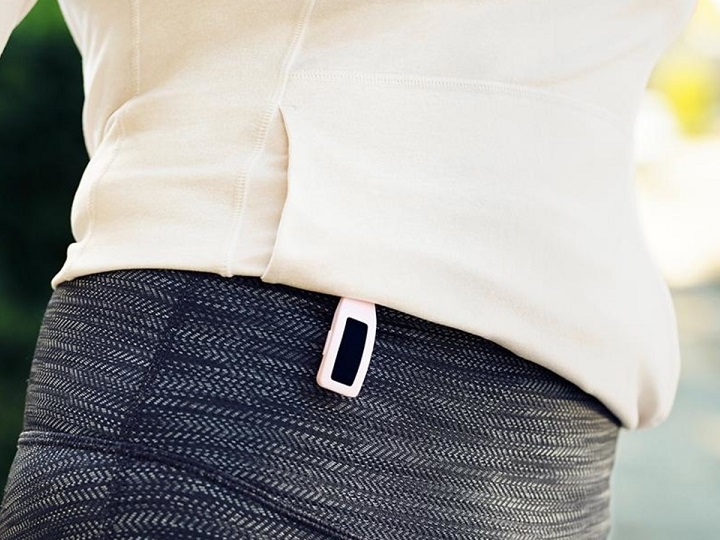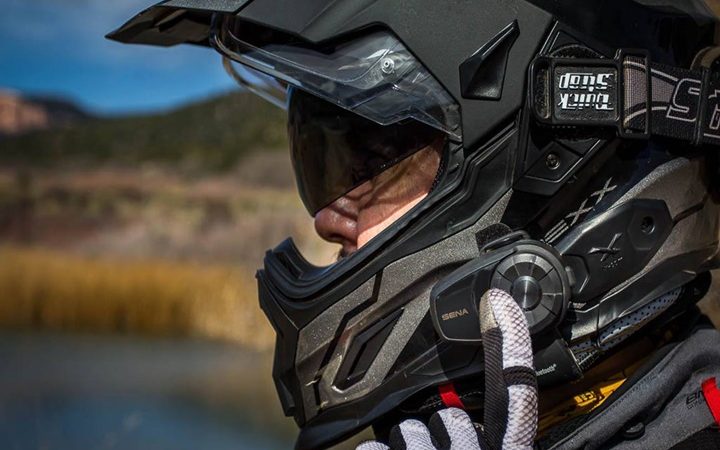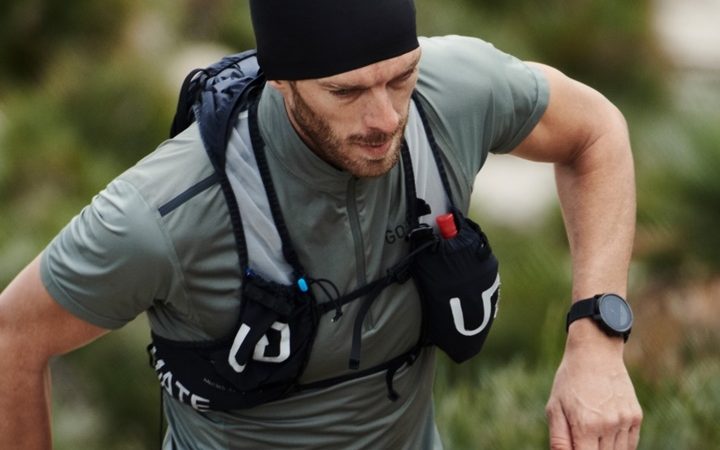Does a Fitbit Still Work in Your Pocket?

Fitbit is the name of a brand that manufactures premium-quality smartwatches and some of the finest fitness trackers on the market. Since this particular technology is relatively young, a lot of people aren’t really sure whether or not these bands work under certain conditions.
Today we’re going to talk about how Fitbit bands perform while worn inside a pocket, and why would some people even consider wearing it this way.
Contents
Does a Fitbit still work in your pocket?
Essentially, Fitbit bands and smartwatches work when worn inside a pocket, although its functionality, reliability, and accuracy are somewhat reduced. Additionally, certain features of a Fitbit tracker will not be available this way – for example, your fitness tracker will not be able to measure your heart-rate or BPM because it does not have a ‘pulse’ to attach to.
Now, there are numerous Fitbit trackers, including Alta, Blaze, Charge tracker, Inspire, Ionic, Versa, and many others. These different models track different types of activities, including heart rate, hourly activity, distance traveled, calories burnt, and floors/stares scaled.
Even though all of them work while being in a pocket, Fitness trackers (Fitbit Charge, Inspire, and Ace models in particular) seem to be a bit more accurate in comparison to Fitbit smartwatches (such as Fitbit Versa and Fitbit Ionic).
How does a Fitbit tracker work?
Essentially, Fitbit utilizes the 3-axis accelerometer technology to count all the various parameters we’ve just mentioned. This sensor is modern and very reliable, and it’s outfitted to every model this brand has made.
However, there’s a catch that explains why both fitness trackers and Fitbit smartwatches are meant to be worn around arms; the accelerometer sensor tracks any movement that occurs from the wearer’s arms more than anything else.
What affects the accuracy of a Fitbit Tracker?
The techniques and methods by which Fitbit trackers collect data vary from parameter to parameter; in this section, we’ll explain what affects the accuracy of a Fitbit tracker for each section.
Steps
The algorithm Fitbit trackers use to calculate the distance you’ve traveled is pretty simple. The steps you’ve taken are multiplied by your stride length, which results in the ‘approximate distance traveled’ parameter.
The tracker also takes your height, as well as your sex into consideration in order to accurately measure the precise distance you have traveled. This means that in this particular case, it doesn’t matter where you are wearing your Fitbit tracker.
Additionally, if you’re using the GPS feature, the accuracy of your Fitbit tracker is even higher. Namely, the software will simply calculate the distance between the spot you initially started from and your arriving location. Again, it doesn’t matter if you’re wearing the tracker on your wrist or in your pocket.
Floors
Apart from using the 3-axis accelerometer, Fitbit trackers also come supplied with an altimeter, which serves a similar, yet a very different purpose. Basically, the accelerometer monitors your pace and traveled distance while the altimeter measures elevation.
The formula is, again, pretty simple; one floor amounts to approximately ten feet or three meters, so for example, whenever you climb three meters, the device will show you that ‘you’ve climbed one floor’.
However, there’s another factor that your Fitbit device takes into account before the ‘floors climbed’ calculation can take place. Namely, a Fitbit tracker monitors any barometric pressure changes that occur in your vicinity. The addition of this second factor was introduced to avoid losing accuracy while climbing uphill, for example.
Essentially, the altimeter is capable of accurately monitoring the elevation parameter regardless of where you wear the tracker. This sensor is much different when compared to the accelerometer; it does not register ‘motion’, rather it picks up on the barometric pressure changes and actual elevation.
Calories
Fitbit bands, as well as Fitbit smartwatches, aren’t capable of accurately tracking data regarding calories if they are worn inside a pocket. You will be able to get the readings done, but you shouldn’t rely too much on their precision.
First and foremost, the main concept of tracking burnt calories is based on tracking BMR (your body’s basal-metabolic-rate), which basically means that the tracker will monitor the pace at which the wearer of the band burns down calories; the actual ‘amount’ of burnt calories can be obtained by dividing the total time spent using the device by the BMR index.
The main reason why BMR readings aren’t so accurate is that the tracker also needs other factors to make a precise calculation such as your heartbeat, blood circulation, breathing, and such. The tracker can’t monitor these functions without a ‘pulse’, which means that you’ll get slightly less accurate data.
Frequently Asked Questions
In this section, we’ll talk about the questions related to Fitbit’s functionality while worn in a pocket, such as:
Why Fitbit devices work best when worn on a wrist?
The wrist is an ideal location for a Fitbit tracker because it can be worn naturally like a regular watch. If you were to wear it above your wrist, for example, just above your elbow, you’ll put a slightly higher amount of pressure on your muscle, which might lead to discomfort. Fitbit devices relay the most accurate data when they’re in contact with the wearer’s skin.
Will the readings be the same regardless of which arm the tracker is worn on?
It doesn’t matter on which arm you’re wearing a Fitbit tracker for as long as you don’t have any actual blood circulation issues. For instance, some people have clogged blood vessels in one or both arms due to excessive smoking, which would mean that this particular arm wouldn’t help with the tracker’s accuracy.
Will Fitbit trackers provide accurate data if the model is worn too tight/loose?
While we’re still on the note of blood circulation, if you’re wearing your Fitbit too tight, you might pump up your blood circulation level, which will, in turn, prevent the device from making precise and accurate calculations. The situation is similar, but on the opposite end of the spectrum if the Fitbit tracker is worn too loose.




